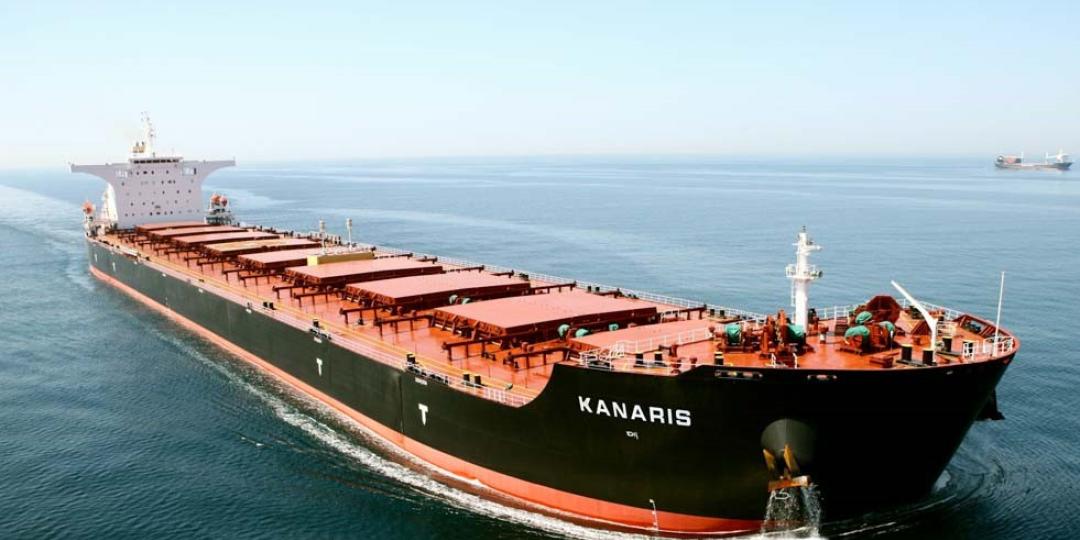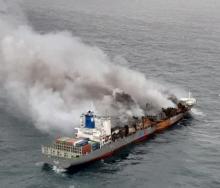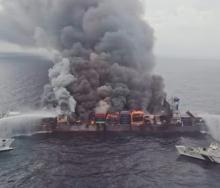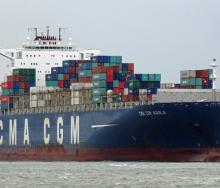Sluggish movement in the dry bulk industry, brought on by diminished demand for space on capesize and panamax vessels, has driven down the main sea freight index of the Baltic Exchange.
The index, which also monitors rates for supramax vessels, lost 30% on Tuesday.
This translates to a 2% drop – the sharpest decrease for the shipping of dry bulk commodities since March 13.
Capesize bulk carriers, in particular, dipped sharply by 3.3%, or 64 points.
Average daily earnings for the vessels used to transport 150 000 tonnes of commodities such as iron ore and coal, fell by $533, the index showed.
In relative terms, panamax vessels were the biggest losers, shedding 39 points or 2.3% of market share.
Tuesday’s panamax dip was the worst one-day market setback since February for the vessels usually carrying 60 000 to 70 000 tonnes of coal or grain.
One takeout from the most recent assessments of the index is that there’s more appetite for supramax vessels.
The six-point increase for smaller vessels on the Index supports the notion that industrial hesitation out of China has found reflection in dry bulk tonnage.
Reuters reported that “Dalian iron ore futures extended losses on Tuesday as traders weighed the prospects of further government intervention in the market following the latest warning from China on speculative activity and ongoing production curbs in major steel cities.”













